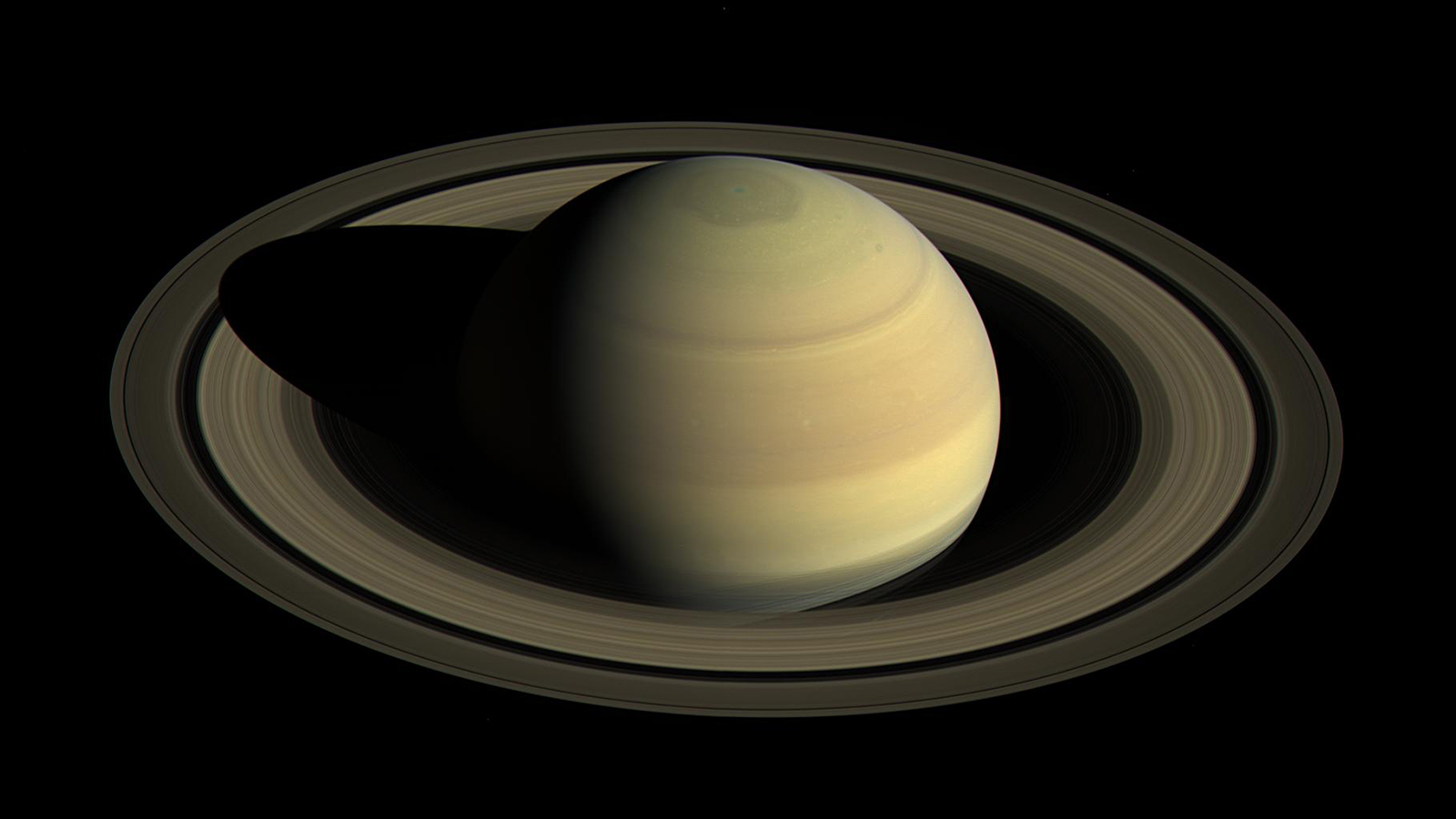Saturn Losing Its Phenomenal Rings
 |
| Saturn src:nasa |
What is ring rain and assumptions for life of rings.
The Saturn like every other planet in the solar system has a magnetic field and gravitational field of itself. But this field is so strong that it is pulling the phenomenal rings of the planet towards the surface and tearing them apart. This leads to the breaking of the ring and the disintegration of the water ice particles into much fine size. This looks alike the rain on Earth hence is termed as ring rain and have the ability to fill an Olympic-sized swimming pool in half an hour. |
| Image depicting ring rain src:nasa |
According to the study conducted on the data collected by the Voyager 1 and 2 missions, the rate of diminishing of the rings had been estimated. James O'Donoghue, physicist at Goddard Space Flight Center, said that they had found out that the rings have a lifetime of not more than 300 million years. This deduction had also made it clear that the rings of Saturn were formed after the formation of the planet, which is supposed to be originated 4 billion years ago.
Study of Cassini's data
 |
| Cassini spacecraft src:nasa |
Dr.Hunter Waite, principal investigator of Cassini's Ion and Neutral Mass Spectrometer(INMS) said, "While INMS was designed to investigate gases, we were able to measure the ring particles because they hit the spacecraft at such high velocities they vaporised."
According to a study published in October in Science, Cassini discovered that the rings contained surplus amounts of methane, carbon dioxide, ammonia,molecular nitrogen, carbon monoxide and fragments of organic nanoparticles. The mission also found out that the ring material was actually falling at a much higher rate than expected.
"Water ice, along with the newly discovered organic compounds, is falling out of the rings way faster than anyone thought-as much as 10000 kilograms per second", also said Dr.Hunter.
The Cassini spacecraft found out that the particles when exposed to the ultraviolet rays of the Sun, got charged and made themselves responsive to the magnetic field of the Saturn. Hence they move along the path of the magnetic field and settle on Saturn. This greatly affects the ring rain and adds to the effect of the drainage of the ring.
The scientists hence concluded that the rings would not last longer than 100 million years if the data of the Cassini is taken into consideration.
"From this alone, the entire ring system will be gone in 300 million years ago, but add to this the Cassini-spacecraft measured ring material detected falling into the Saturn's equator, and the rings have less than 100 million years to live.This is relatively short, compared to Saturn's age of over 4 billion years.", said O'Donoghue.Thus expect to see a ring-less Saturn in the coming future if you are able to survive that long.

Comments
Post a Comment